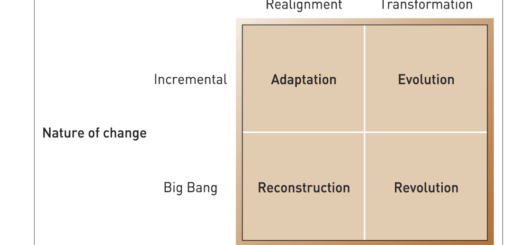Difference between Org. Who trained and doesn’t their Staff
Differences between organizations that develop and train their staff and organizations that don’t!
- Expansive workplaces-in these workplaces workers are given a breadth of learning opportunities and contacts. The workers can access contacts inside and outside of the firm and are engaged in a range of tasks;
- Restrictive workplaces-tasks and responsibilities are narrowly defined, discretion is automated, ‘scripted away’, or is physically relocated. So, novice workers cannot access experienced or expert workers to learn from.
(Unwin et al; 2004)
Here is a table that outlines some differences between organizations that develop and train their staff and organizations that do not:
| Organizations that develop and train their staff | Organizations that do not develop and train their staff | |
|---|---|---|
| Employee retention | Higher retention rates as employees feel valued and invested in | Lower retention rates as employees may feel undervalued and may seek out other opportunities for growth and development |
| Employee engagement | Higher levels of engagement as employees feel supported in their roles | Lower levels of engagement as employees may feel unsupported and disengaged from their work |
| Skill level | Employees have higher levels of skill and knowledge, leading to higher productivity and improved performance | Employees may lack the necessary skills and knowledge to perform their roles effectively, leading to lower productivity and poor performance |
| Innovation | Encourages innovation and creativity as employees are given opportunities to learn and apply new skills | Less emphasis on innovation and creativity, leading to stagnant practices and a lack of growth |
| Company culture | Promotes a culture of continuous improvement and learning | May have a culture that resists change and is focused on maintaining the status quo |
| Employee satisfaction | Higher levels of job satisfaction as employees feel invested in and supported | Lower levels of job satisfaction as employees may feel undervalued and unsupported in their roles |
Overall, organizations that invest in the development and training of their staff tend to have higher levels of employee retention, engagement, skill level, innovation, and job satisfaction. They also tend to promote a culture of continuous improvement and growth. In contrast, organizations that do not prioritize employee development and training may struggle with retention, engagement, skill level, and innovation, and may have a stagnant company culture.




